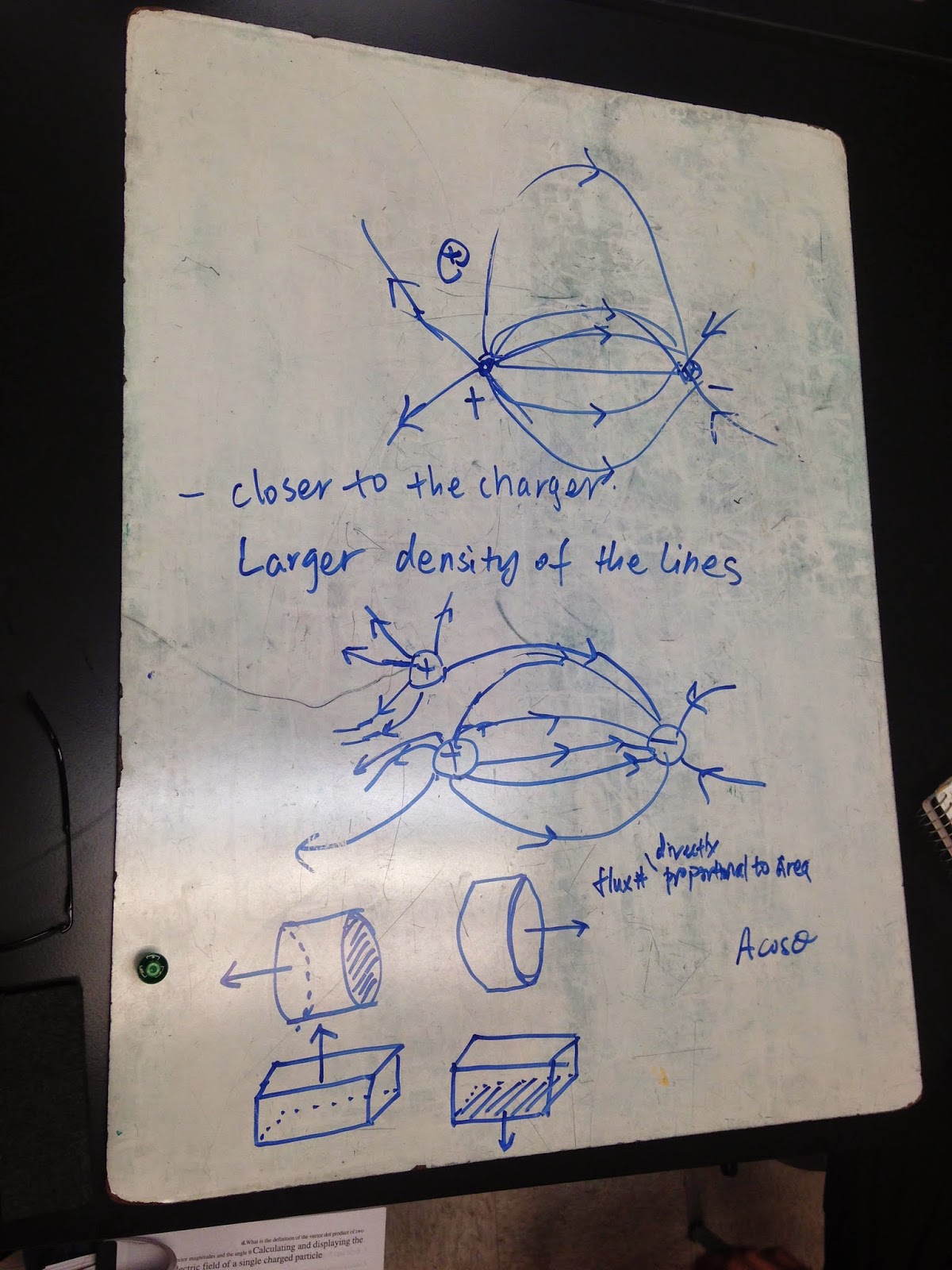| Change in internal energy is equal to the addition of heat and work performed. Since heat equals the product between the number of moles, the molar heat capacity at constant pressure, and the change in temperature, and the work perform equals the product between the number of moles present, the ideal gas constant, and the change in temperature, these values can be substituted into the first law of thermodynamics, and a relationship between the ideal gas constant and the molar heat capacity at constant pressure is formed. |













.png)
.png)
.png)
.png)
.png)

































